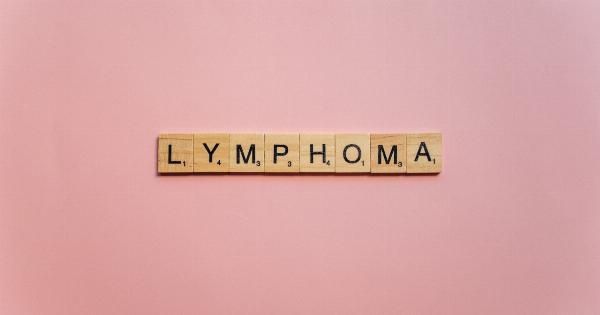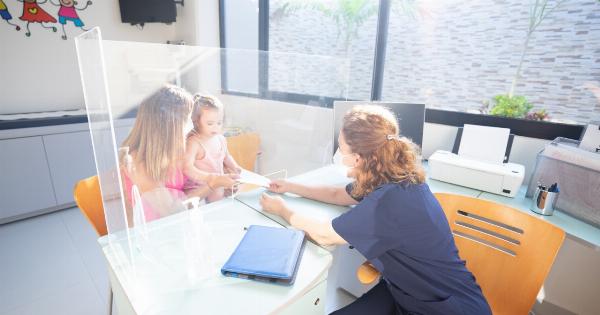Over the years, breast enhancement procedures have gained immense popularity across the globe.
While many women opt for these procedures for personal reasons such as enhancing their self-esteem and confidence, some individuals may resort to creating fake breasts. Detecting whether someone has undergone a breast augmentation surgery or is wearing fake breasts can be challenging but not impossible. In this article, we will explore various methods and techniques used to identify fake breasts.
Visual Examination
One of the initial methods to detect fake breasts is through careful visual examination. While it may not be foolproof, it can provide some clues for identification.
Size and Symmetry
One of the common goals of breast enhancement surgeries is to achieve symmetry and desired size. However, in some cases, the results may appear unnatural or disproportional.
Look for breasts that are unusually large or symmetrical, as it could be an indication of fake breasts. Natural breasts tend to have slight variations in size and shape.
Implant Visibility
In some cases, implants may become visible if the individual is wearing tight or low-cut clothing. Look for any signs of implant edges or ripples. Natural breasts tend to have a softer and more natural appearance than those with implants.
Unusual Placement
Take note of the positioning of the breasts. If they appear higher or closer together than average, it could be an indication of breast implants.
However, it’s important to keep in mind that breast implants can be placed differently depending on the individual’s preference and the surgical technique used.
Mobility
Real breasts have a natural level of mobility and will move slightly with body movements. Fake breasts or implants, on the other hand, may have limited movement or feel rigid when touched. Pay attention to how the breasts react to certain motions.
Physical Examination
In addition to visual cues, a physical examination can provide further insights into the authenticity of breasts.
Temperature
Touch both breasts and pay attention to the temperature difference between them. Real breasts will have similar temperatures, while fake breasts may feel slightly cooler due to the materials used in implants.
Texture
Feel the texture of the breasts. Natural breasts have a softer and more pliable texture, while fake breasts may feel firmer or harder to the touch.
However, it’s important to remember that the texture can vary based on factors such as the type of implants used and the time since the surgery.
Skin Stretching
Another method to detect fake breasts is by examining the skin on and around the breasts. If the skin appears stretched or unnaturally tight, it could be an indication of breast implants. Natural breasts tend to have more flexibility and softer skin.
Scarring
Look for any signs of scarring or incision marks, particularly in the areas around the breasts. While plastic surgeons strive to minimize scarring, it’s possible to detect subtle marks that could indicate breast augmentation surgery.
Ultrasound and Mammogram
If suspicions persist, an ultrasound or mammogram can provide a more conclusive answer regarding the authenticity of breast tissue.
Ultrasound
An ultrasound can help determine if there are implants present in the breasts. It works by using sound waves to create images of the breast tissue. Implants will appear as distinct structures within the breast.
Mammogram
A mammogram is an X-ray examination of the breast that can identify abnormal structures, including breast implants. The X-ray technician or radiologist can often distinguish between real breasts and implants based on the images produced.
Conclusion
While it can be challenging to detect fake breasts with absolute certainty, visual and physical examinations, supported by ultrasound or mammogram imaging if necessary, can provide valuable insights.
It’s important to remember that breast augmentation surgeries and the use of implants are personal choices, and individuals should be treated with respect and sensitivity regardless of their choices.





























